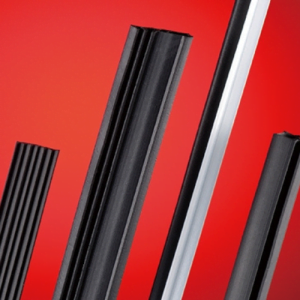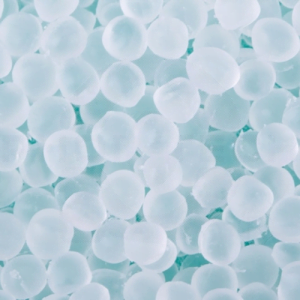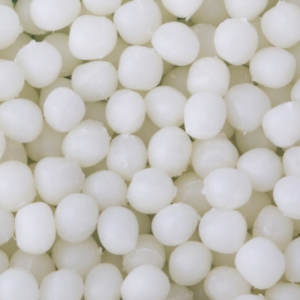Description
Abbreviation: TPEs
Details: A manufacturing technique used to create hollow plastic pieces is called blow molding. Extrusion blow molding, injection blow molding, and injection stretch blow molding are the three primary types of blow molding.
Extrusion blow molding is mostly used in the production of TPE products. TPEs are first melted into tubes to begin the procedure. A blow molding mold has the tube clamped inside of it. Air is blown into the tube after it has been welded together by being pinched at one end. The TPEs are expanded by the air to fit the mold chamber. The mold opens, and the part is ejected when the TPEs have cooled and hardened.
PHOENIX™ Thermoplastic Elastomers (TPEs) that are appropriate for blow molding have been created by HR Solution. They can be used for various things, such as balloon tamponade for medical purposes, BP cuff balloons, dropper suction, blower bulbs for toys, and automotive bellows.







